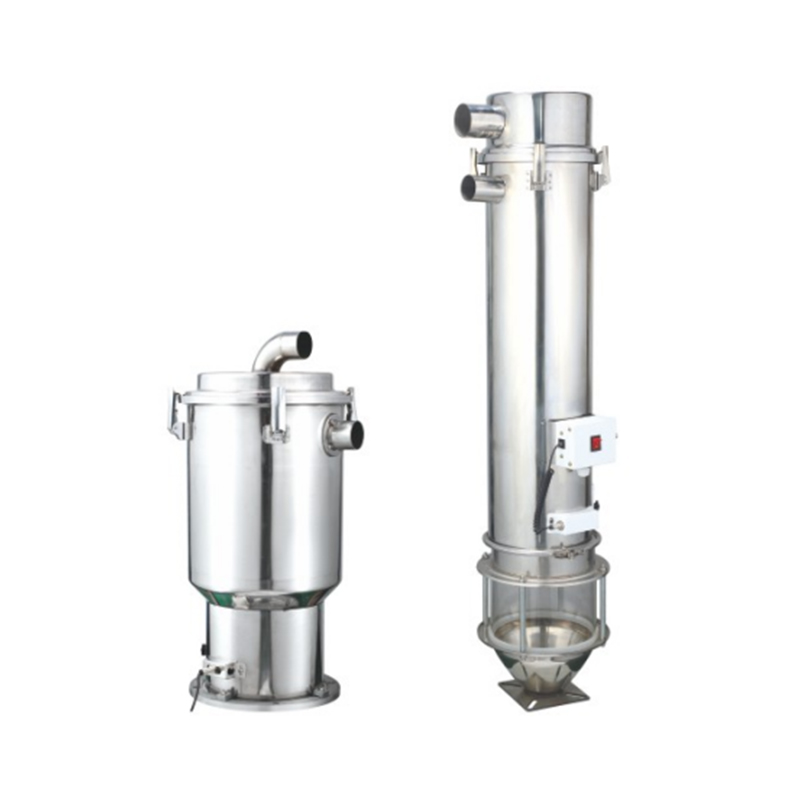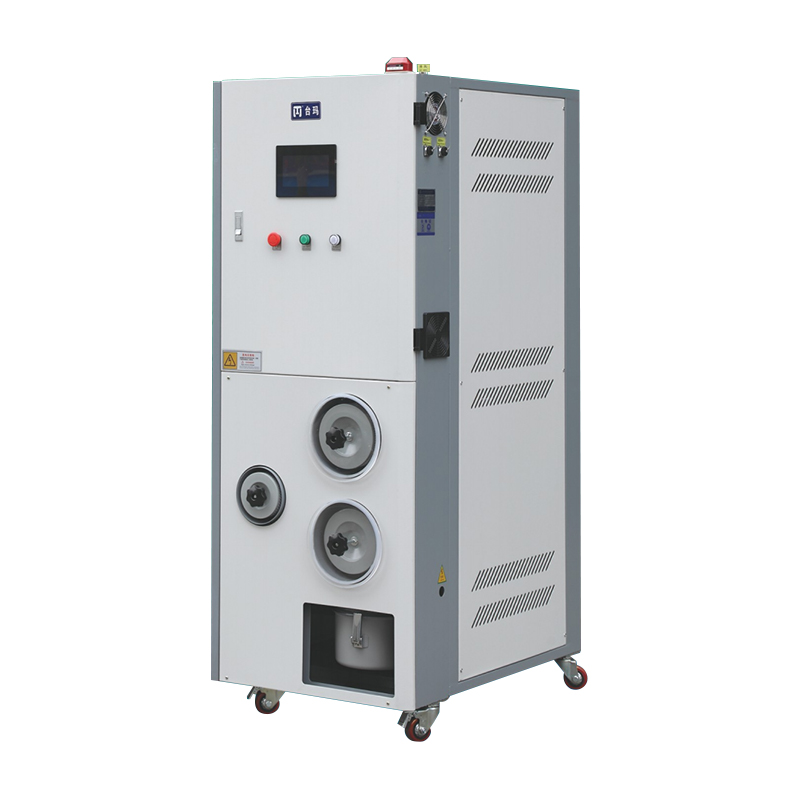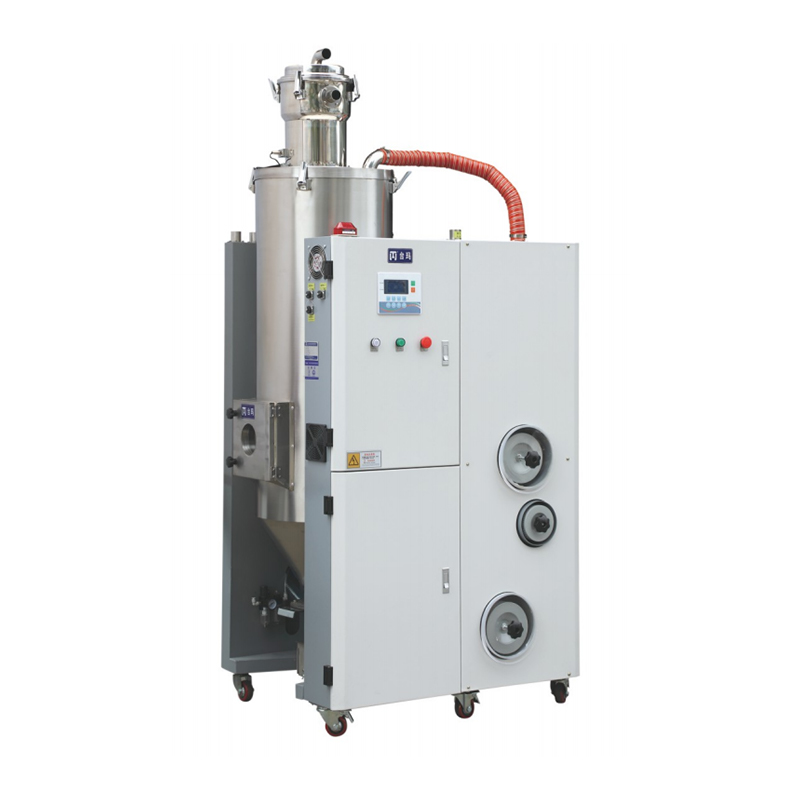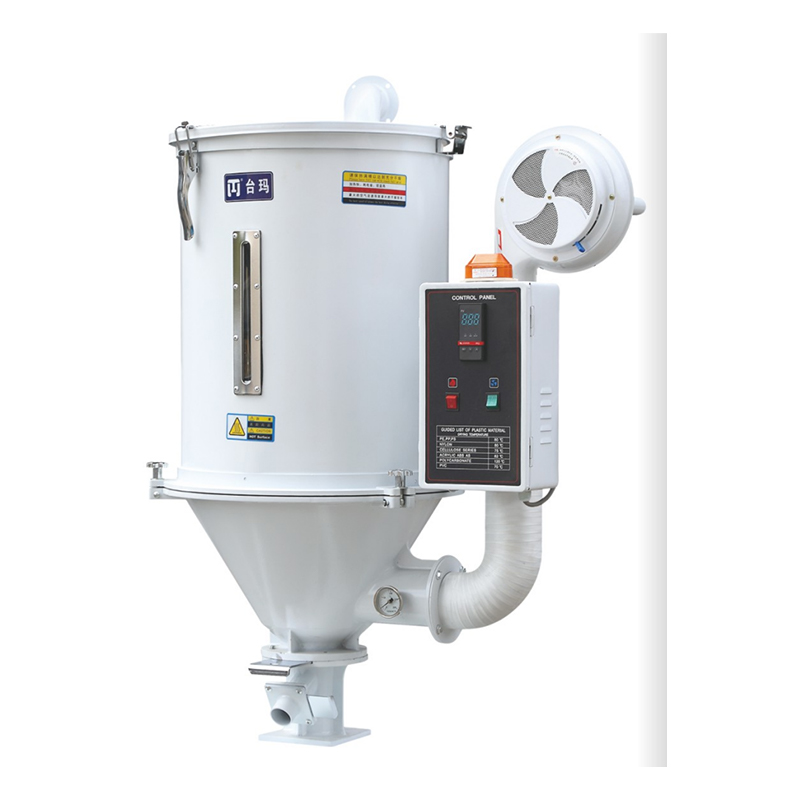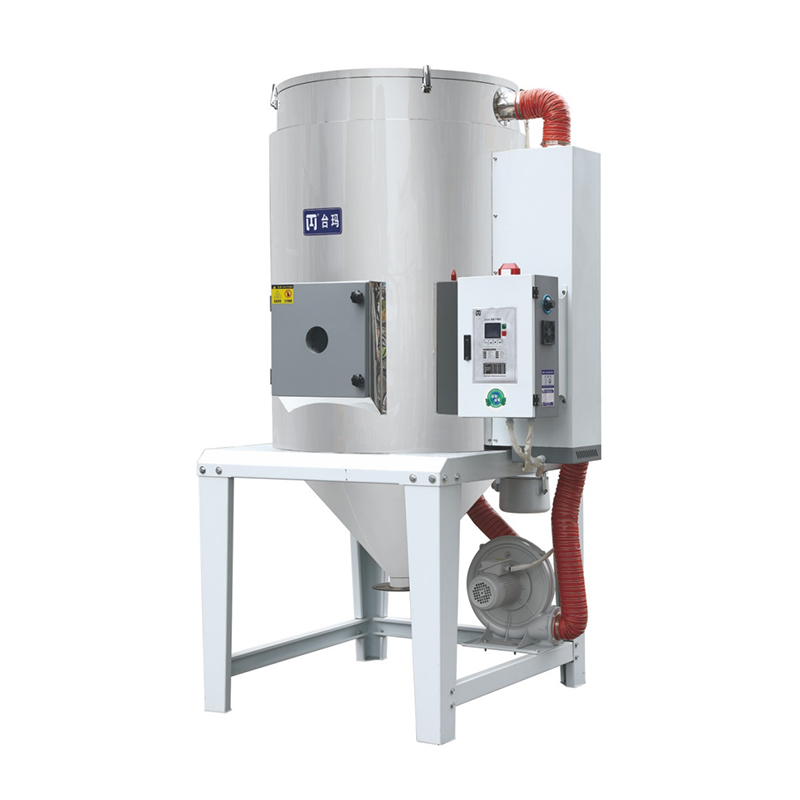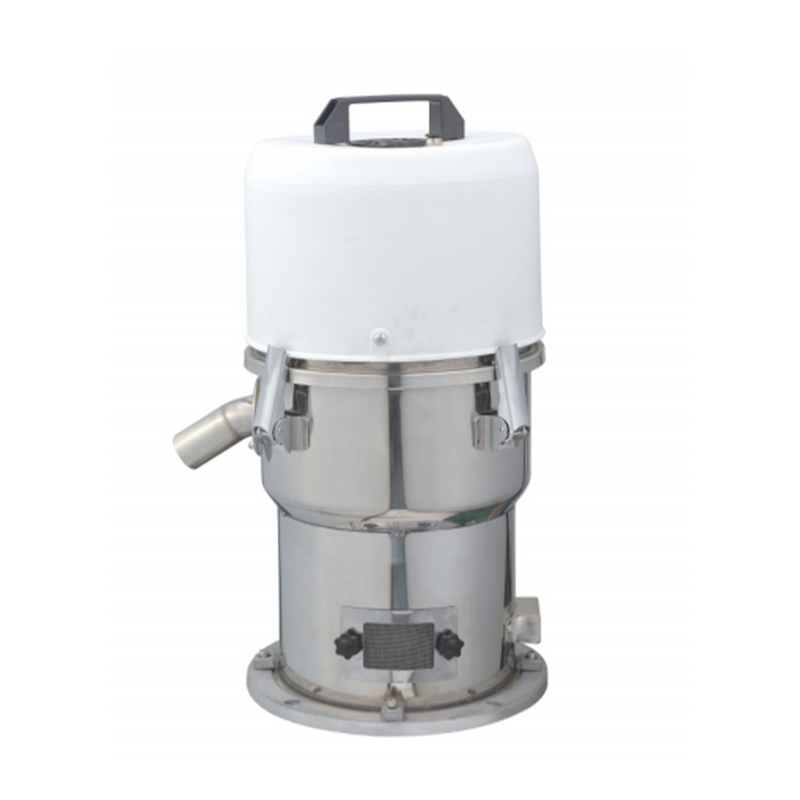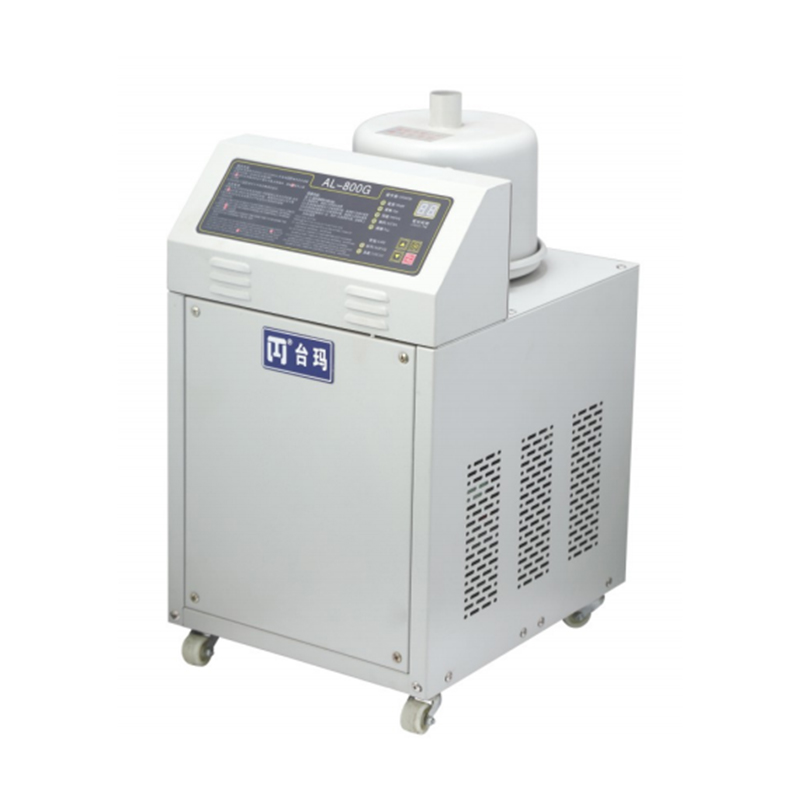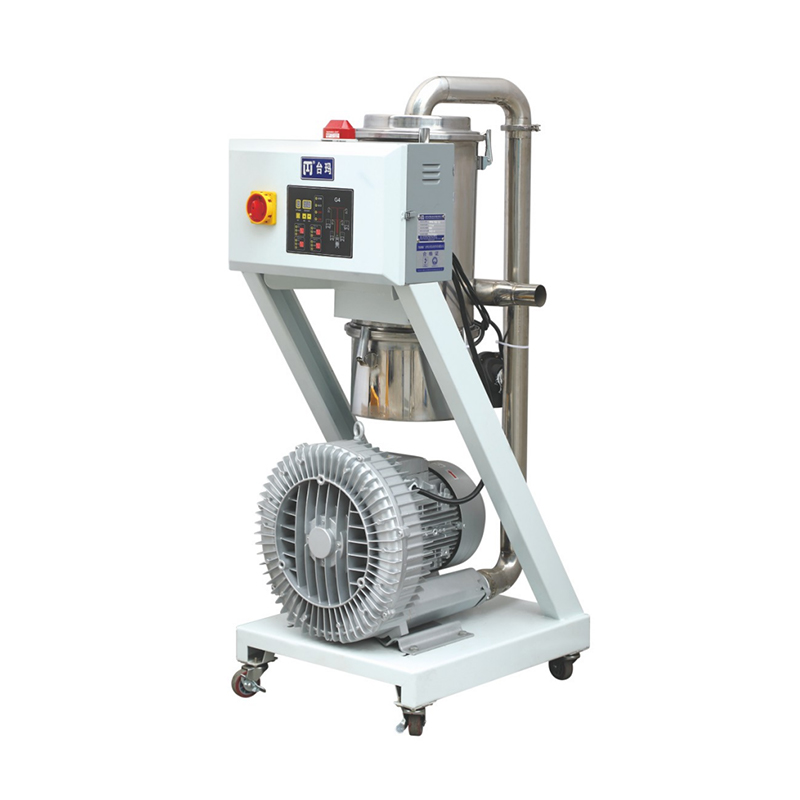Comprehensive Assessment of Mixing Efficiency in Vertical Color Mixers
High Quality Vertical Color Mixer Manufacturer in China
The Vertical Color Mixer, a pivotal piece of equipment in the manufacturing and processing industries, is designed to achieve a uniform dispersion of colorants and other additives within a mixture. The effectiveness of a Vertical Color Mixer is a critical determinant of the quality of the final product, and assessing its mixing performance is a paramount concern for manufacturers. This article explores various methods and parameters used to evaluate the mixing efficiency of Vertical Color Mixers.
The evaluation of a Vertical Color Mixer's performance begins with an understanding of the fundamental principles of mixing. The primary goal of any mixer is to achieve a state of homogeneity, where the constituents of the mixture are evenly distributed. In the context of a Vertical Color Mixer, this involves the even dispersion of pigments or dyes throughout the base material.
One of the initial steps in assessing the mixing effect of a Vertical Color Mixer is to examine the physical design of the mixer itself. The geometry of the mixing chamber, the configuration of the mixing blades or impellers, and the speed at which these components operate all contribute to the overall efficiency of the mixing process. A well-designed Vertical Color Mixer will have a balance between these factors to ensure suitable mixing without causing excessive wear on the equipment or the materials being mixed.
The uniformity of the mixture is a direct outcome of the mixing process and is typically measured through visual inspection, sampling, and analysis. Visual inspection can provide a preliminary assessment of the distribution of colorants within the mixture. However, for a more quantitative evaluation, samples can be taken at various points within the mixer and analyzed using spectrophotometry or other analytical techniques to determine the consistency of color and composition.
Another important parameter in evaluating the mixing effect of a Vertical Color Mixer is the mixing time. The time required to achieve a uniform mixture is a critical factor in determining the efficiency of the mixer. Shorter mixing times can cause increased production rates and reduced energy consumption, while longer mixing times may indicate inefficiencies in the mixer's design or operation.
The temperature of the mixture during the mixing process is another factor that can impact the effectiveness of a Vertical Color Mixer. Excessive heat can cause degradation of certain materials or colorants, while insufficient heat may hinder the dispersion process. Monitoring and controlling the temperature within the mixer can help optimize the mixing effect and ensure the quality of the final product.
The power consumption of a Vertical Color Mixer is directly related to its energy efficiency. Evaluating the power required to achieve a uniform mixture can provide insights into the mixer's performance and help identify areas for improvement. Energy-efficient mixers not only reduce operational costs but also contribute to a company's sustainability goals.
In addition to these quantitative measures, the overall performance of a Vertical Color Mixer can also be assessed through qualitative feedback from operators and end-users. The ease of operation, the cleanliness of the mixing process, and the reliability of the equipment are all factors that contribute to the overall effectiveness of the mixer.
In conclusion, the assessment of the mixing effect of a Vertical Color Mixer is a multifaceted process that involves a combination of design analysis, physical measurements, and operational observations. By carefully evaluating these parameters, manufacturers can ensure that their Vertical Color Mixers are operating at good efficiency, delivering consistent and high-quality products while reducing energy consumption and production costs. Continuous improvement in the design and operation of Vertical Color Mixers is essential to meet the evolving demands of the industries they serve and to promote sustainable manufacturing practices.


 English
English عربى
عربى